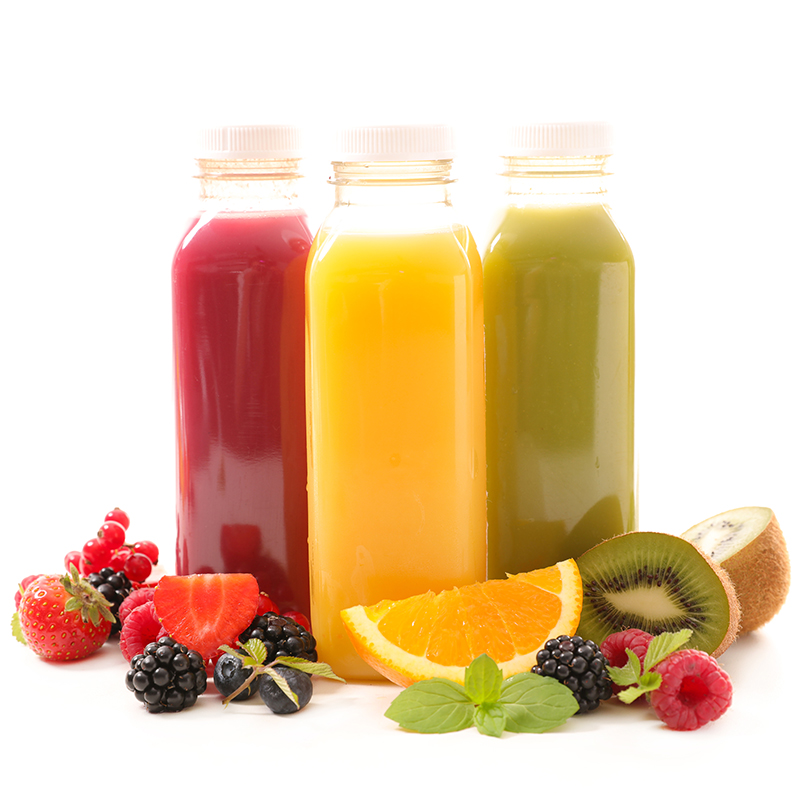
Key considerations for safe and successful reformulation
22 July 2024 | Mike Adams, Product Innovation Lead
There are a number of industry pressures that all push food business operators towards reformulation and the use of new ingredients.
These include government measures (legislation, fiscal measures and voluntary schemes), cost pressures (both for operations and materials), market / consumer trends (e.g. for more sustainable products, plant-based alternatives, more free-from options, and considerations around ultra-processed foods; UPFs) and supply chain trends (e.g. new suppliers and emerging manufacturing technology).
Costs are also going up for manufacturers, meaning products are becoming more expensive to make. As well as this inflationary pressure, global political turmoil, natural disasters and climate change are also stretching supply chains and forcing manufacturers to adapt.
Optimising products within your portfolio is vital to maximise revenue, and reformulation can be an impactful approach to streamline costs, as well as to make healthier products that meet market need and overcome supply chain challenges.
But, how can you ensure that your new products will be safe and successful?
Here we explore some key considerations for the safe replacement of ingredients.
Why reformulate?
Some of the main drivers for reformulation include:
- Cost – With the severe inflationary pressure that supply chains have faced over the past 24 months, cost optimisation is a key tool to examine the requirement for ingredients and packaging within a product and find opportunities to cut costs. Changes to recipe formulation and packaging materials both come with the need for careful consideration of the potential impacts on food safety. When it comes to cost, it is also important to consider the risk that cheaper ingredients / materials may be cheaper for a nefarious reason.
- Health and nutrition – There are various pressures on the food and drink industry to reformulate products to improve their nutritional profile. This typically involves reducing sugar, fat and salt (all three of which can have implications for the safety of products).
- Market / consumer trends – New trends and drivers for ingredient replacement are emerging constantly in the dynamic food and drink industry. Plant-based demand, the desire for ‘clean label’, the ultra-processed food debate and sustainability are all significant drivers of innovation and ingredient replacement in the industry at the moment.
- Supply chain challenges – Supply chains continue to face significant pressure, and limited supply of ingredients can lead to both quality variation and elevated cases of food fraud. Alternative suppliers need to be identified at short notice, or existing suppliers may enforce changes that affect what they supply. Whilst ingredient specifications may remain the same, the BRCGS Global Standard for Food Safety is clear that this contingency must be covered by risk assessment.
Food and beverage product development
Supporting safe, successful innovations – helping you unlock value, potential and revenue through product, packaging and process innovation.

Safety considerations when reformulating
Balancing cost, availability of ingredients, nutritional profile, taste, product shelf-life and regulatory considerations can be challenging, especially when product development teams are redeveloping a product that they themselves may not have originally developed.
Ingredients themselves can be split into 2 categories in terms of their role with respect to food safety.
These are:
- Primary food safety ingredients – there to improve or assure the safety of a product (this category includes sugar, salt, preservatives and acidulants).
- Secondary food safety ingredients – which are everything else (ensuring that these ingredients are themselves safe is just as important as ensuring that active / primary ingredients are present).

The following industry examples highlight some key safety considerations, illustrations of where things can go wrong, and trade offs to consider.
- June 1989 outbreak of foodborne botulism traced to hazelnut yogurt –
- made with hazelnut conserve manufactured with aspartame, which had replaced sugar;
- was found the thermal process of the hazelnut conserve was inadequate;
- removing sugar changes the thermal properties of materials, meaning any thermal process needs to be revalidated;
- removing sugar also has a significant affect on water activity, a key microbiological hurdle in food safe product design.
- Sugar replacement in slushy drinks –
- slushy drinks can contain a high level of sugar, which works as anti-freeze;
- industry discovered that glycerine provides a similar function and is sugar free;
- unfortunately, excess consumption of glycerol can lead to glycerol intoxication
- Nitrate replacement in processed meat –
- sodium nitrate is often used in processed meats to deliver texture, appearance and safety, including preventing the growth of Clostridium botulinum;
- sodium nitrate has also been identified as a key driver in the potential risk of cancer posed by processed meat;
- removing or reducing nitrate levels in meat could therefore make the product safer with respect to chronic exposure, but raise the risk of acute disease (e.g. botulism).
- Additive removal –
- many additives have been identified as ultra-processed or not ‘kitchen cabinet’ ingredients, however lots of these additives are designed to ensure the safety of foods.
- Impact of reformulation on acrylamide levels –
- different ingredients can have a significantly different effect on acrylamide levels;
- e.g. changes in levels of raising agents, sugar type and inclusions can all elevate acrylamide levels.
- Plant-based considerations –
- there is an ongoing shift away from animal-based ingredients across many categories;
- removal and replacement of animal products is complex and often requires a different approach to food safety;
- allergen issues can be complex, and communication to consumers key;
- microbiology considerations are also different compared to their meat counterparts.
Ensure that what makes your product safe is fully understood.
With the right understanding and care, all ingredients can be safely replaced, reduced or removed from food and drink products. It is critical, however, to ensure that what makes your product safe is fully understood, including the role of each of the ingredients and the impact of adjusting formulations or of swapping out or removing any of them.
Furthermore, complex supply chains require complex effort to ensure safety, so you need to ensure that food safety is considered across all parts of the business. Understanding what each material is bringing to your product, and having detailed understanding of your supply chains, will enable you to successfully put in place several contingency plans based on the supply chain information – this is essential to ensuring continuity of supply of safe, quality products.
How we can help
We can help you to anticipate and mitigate the challenges and risks associated with redeveloping and developing new products.
No matter what our client challenge may be, we consistently deliver innovative solutions, helping clients to optimise their product to put them in a much better position to conquer their market with safe, successful products.
Our technical experts can support your initiatives for reducing costs and increasing efficiency and profitability – all whilst understanding, protecting and even improving the attributes that consumers value, and ensuring that products remain safe, of the right quality, and meet the desired shelf-life.

About Michael Adams
Mike has worked in the food and beverage industry since 2006. Before joining us at Campden BRI in 2016, Mike worked in technical, quality and R&D roles within Mission Foods, PepsiCo, and Holland & Barrett. Mike studied for a BSc (Hons) in Microbiology at the University of Manchester, graduating in 2005.
Mike’s team support various clients, providing innovation services, research and analysis across a wide range of products, using our state-of-the-art laboratories and pilot plant facilities.
How can we help?
If you’d like support with cost optimisation, product development or food safety, contact our team to find out how we can help.
Are you a Campden BRI member who attends the MIG meetings?
- If not, you’re missing out on a whole host of exclusive benefits such as learning from industry-leading experts and networking with peers to overcome your challenges.







